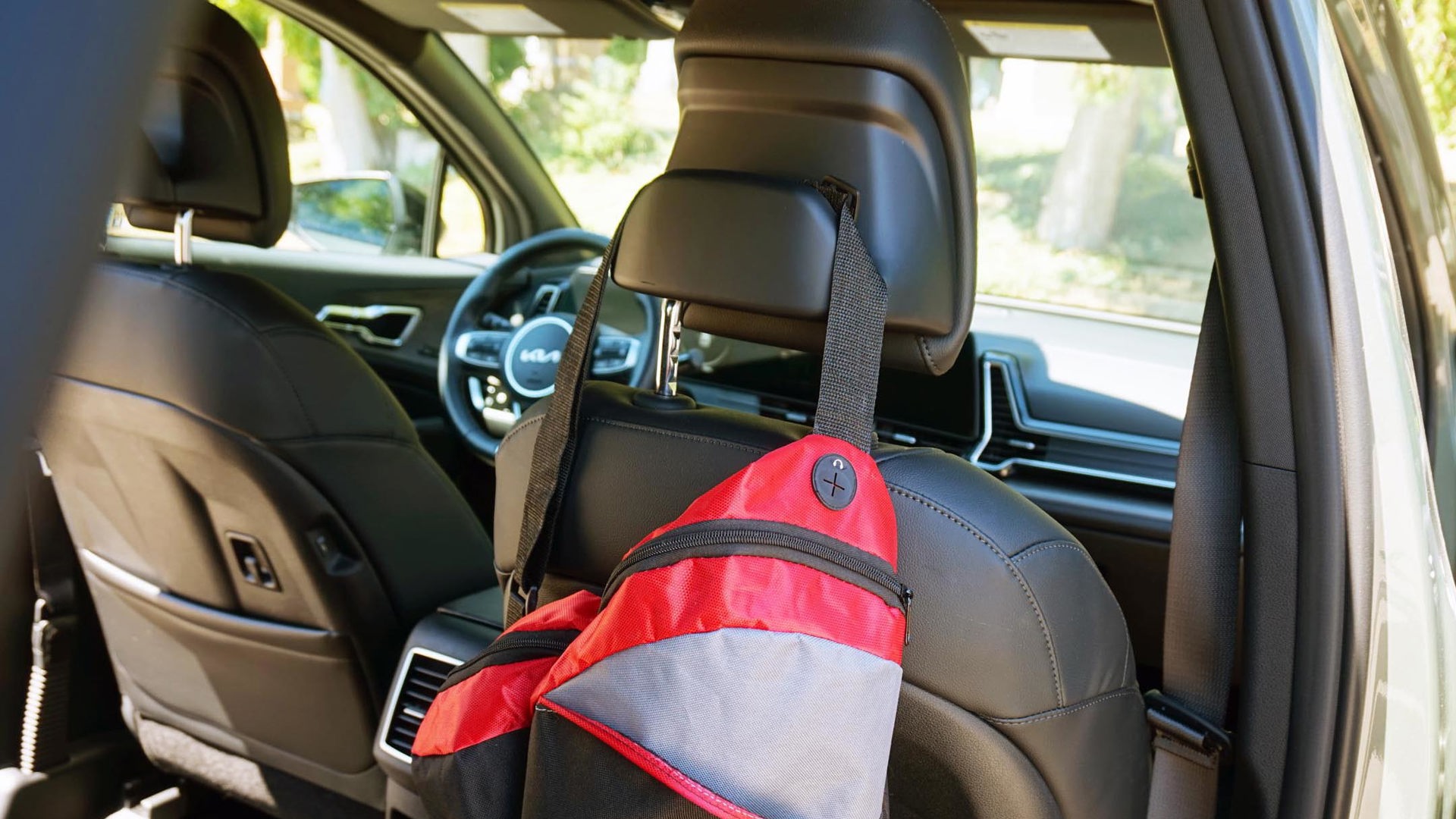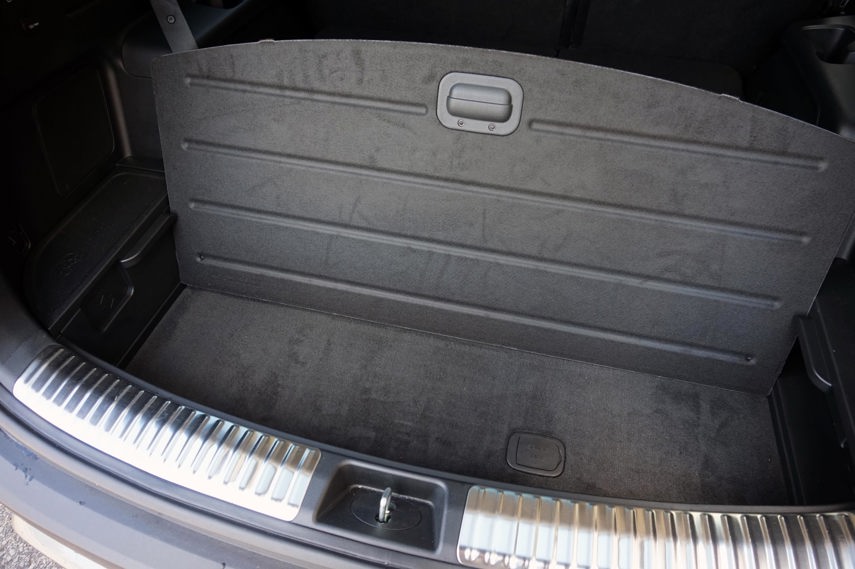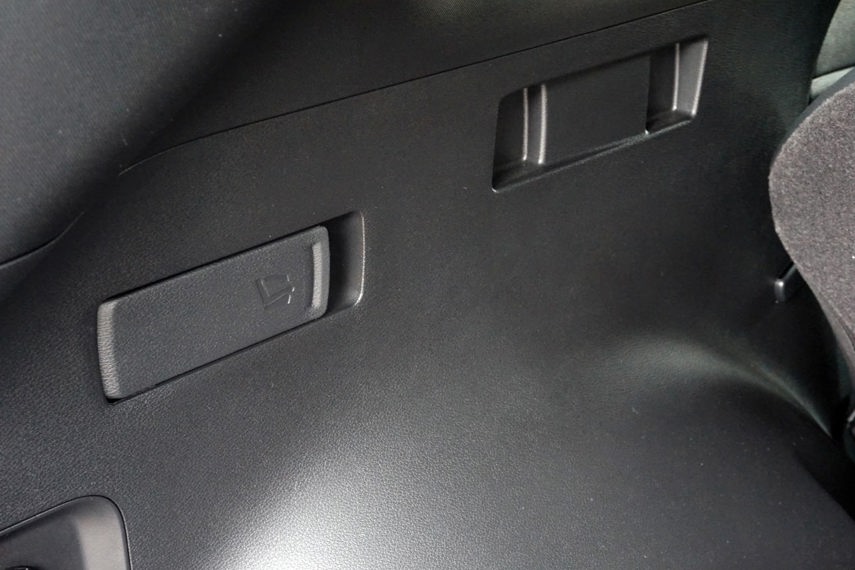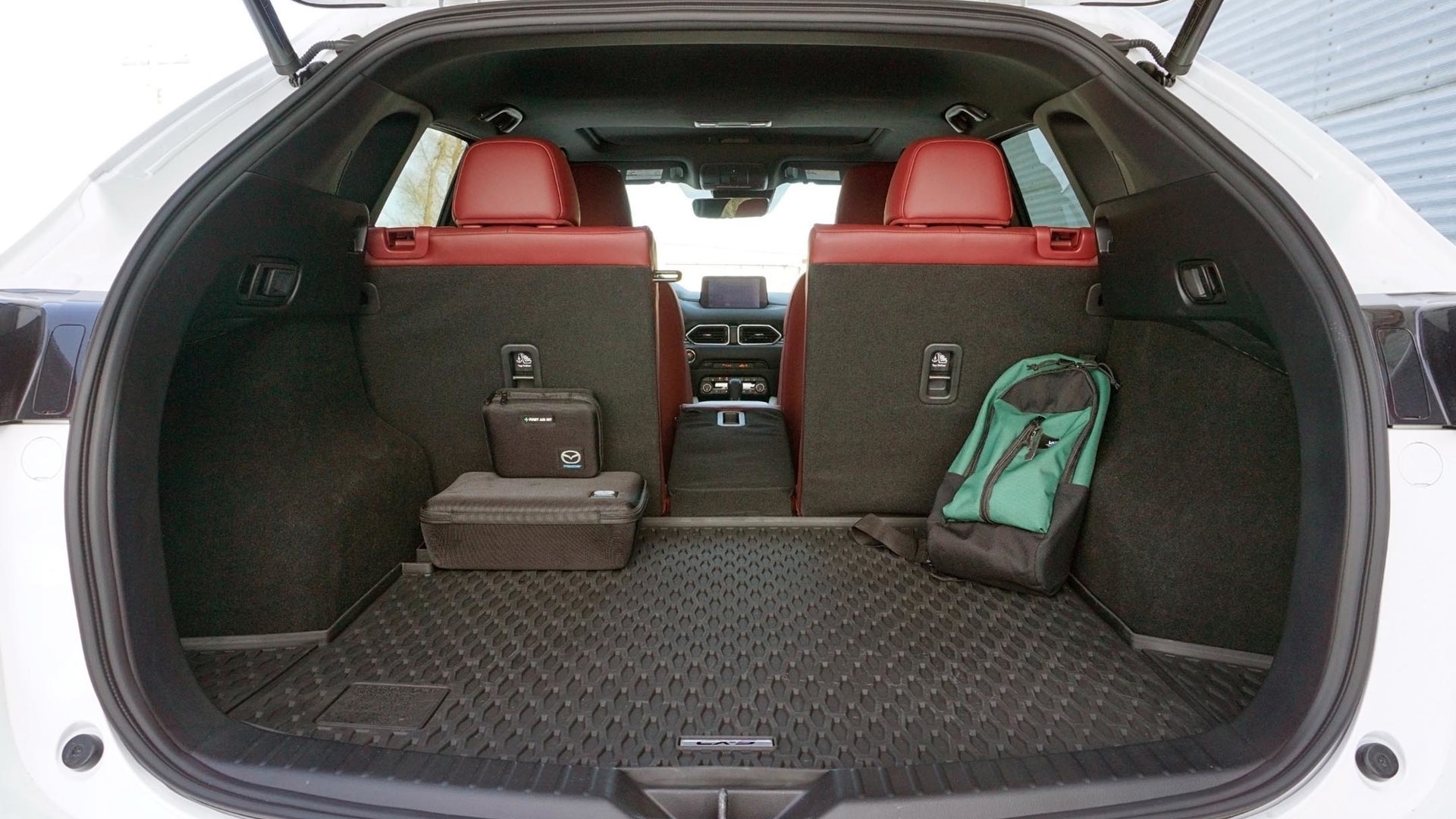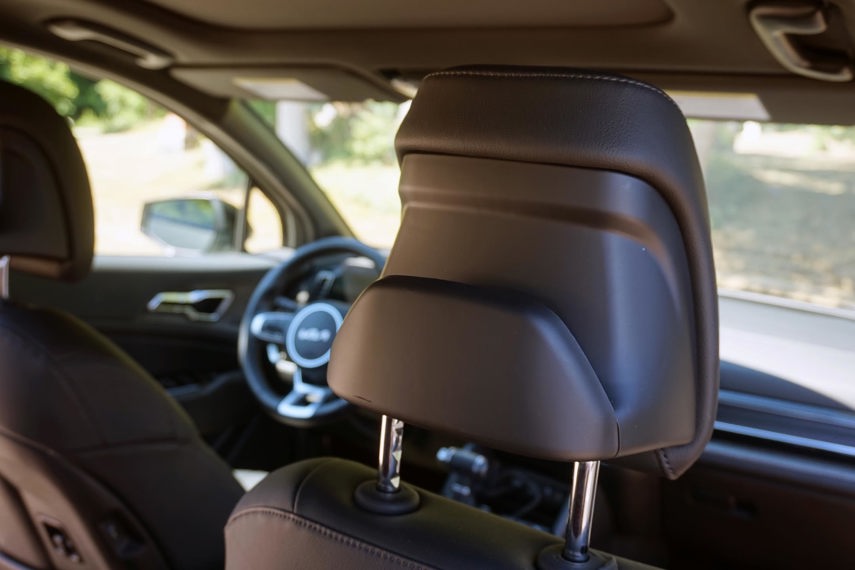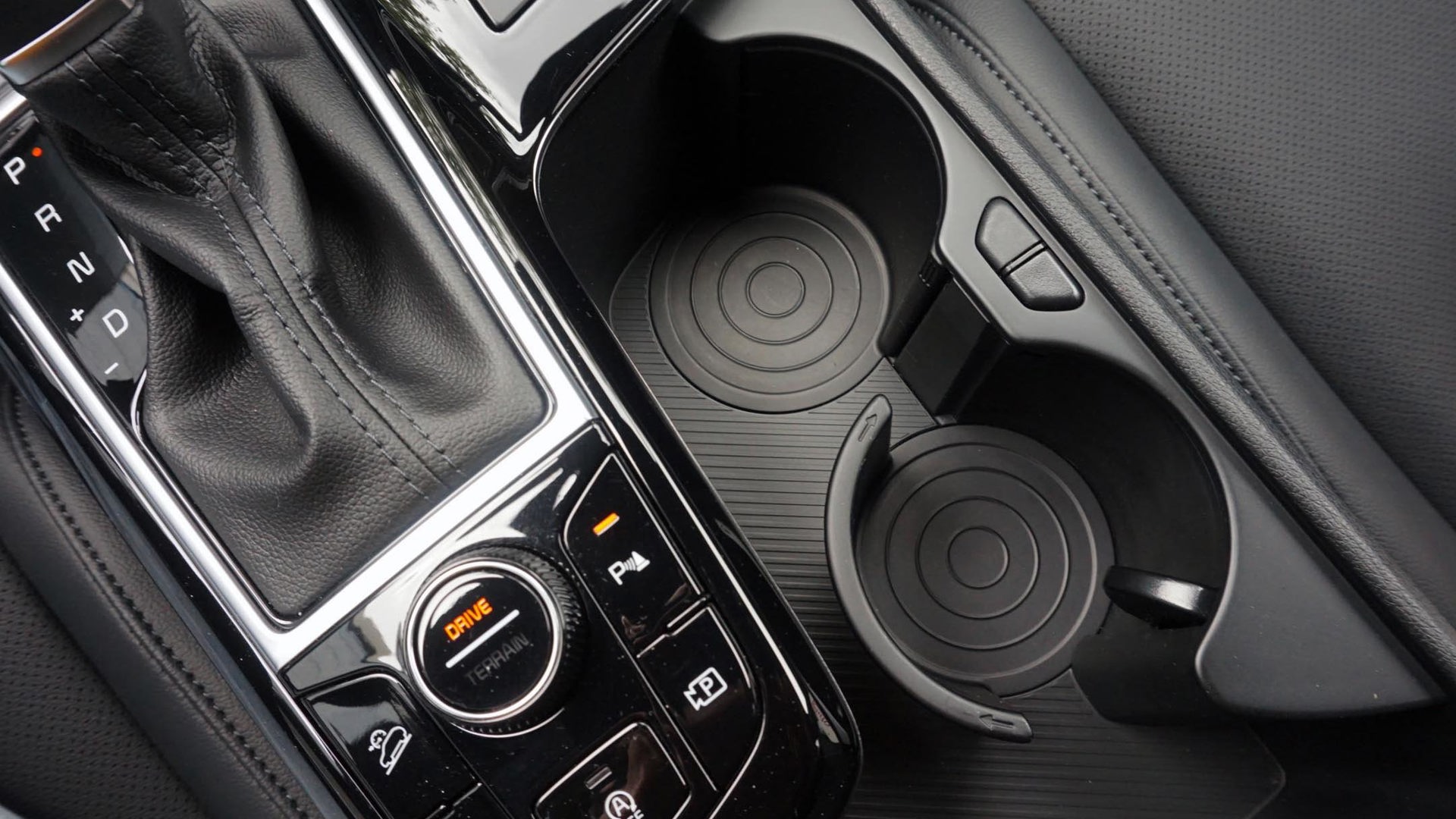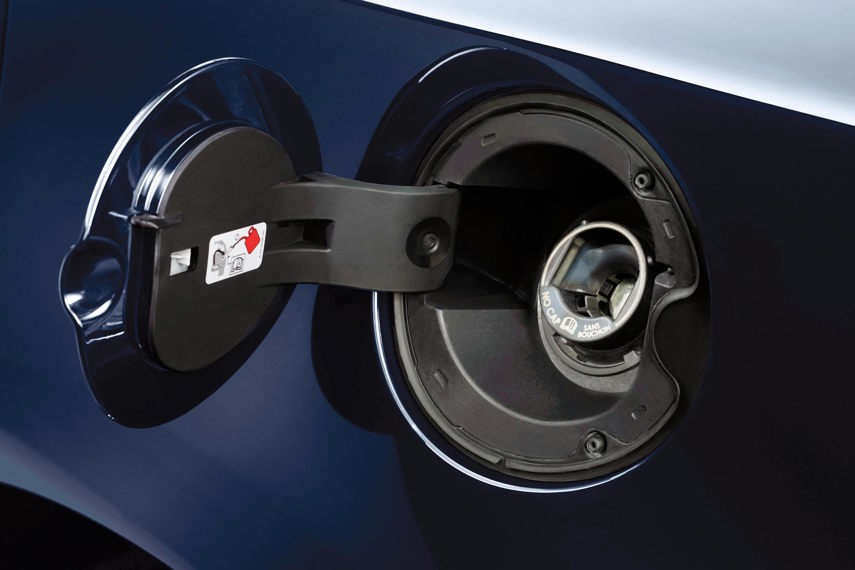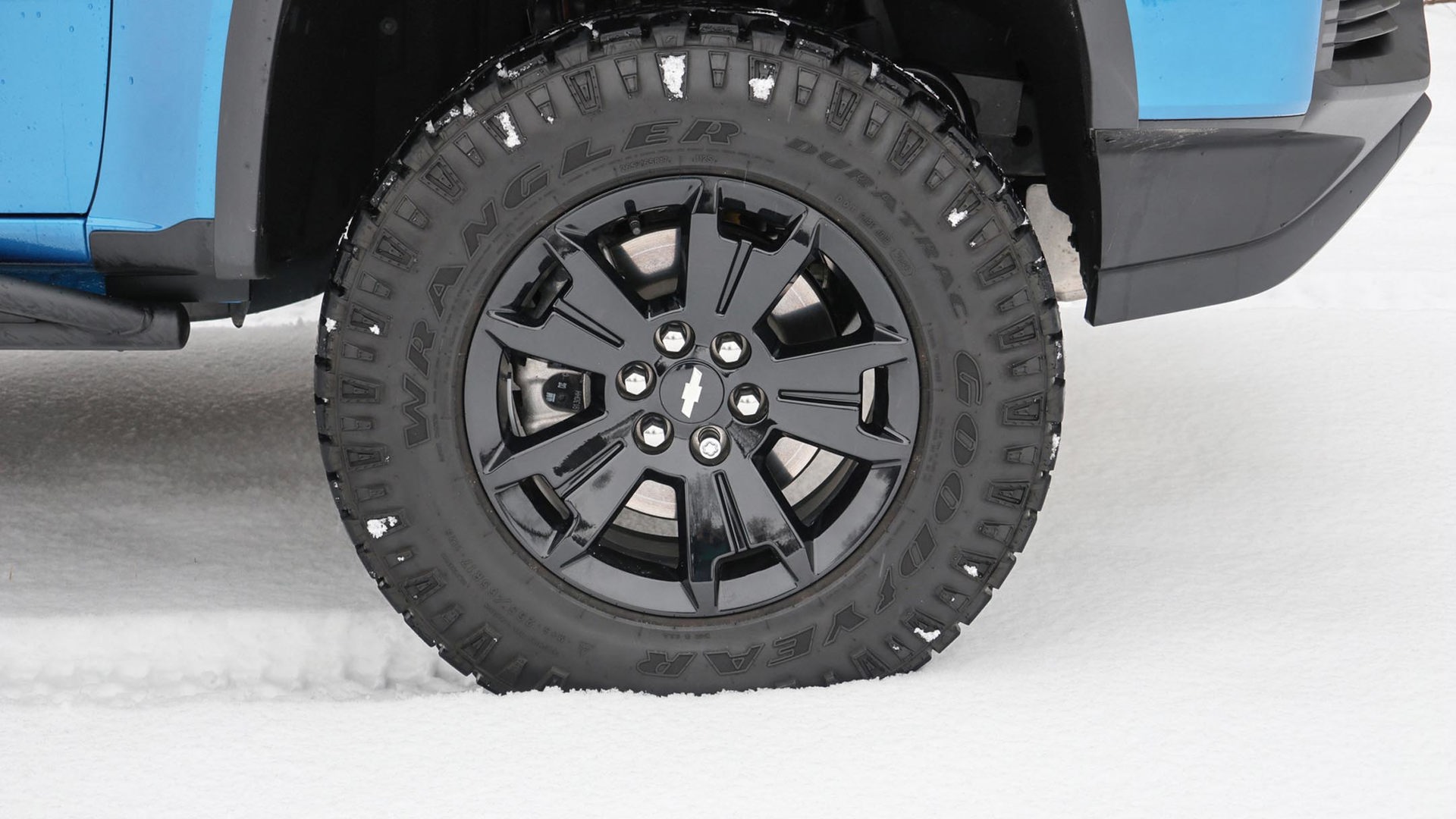We like to make a big deal about technology in the automotive business, but often it’s the basics that have the biggest impact on our daily lives.
Sure, touchscreens and foot-activated tailgates are cool, but the stuff that impresses us here at AutoTrader the most is sometimes far more rudimentary. That’s what this list is all about: seven (mostly) simple features found in far too few vehicles that are bound to make everyday life that much easier.
1. Underfloor Storage
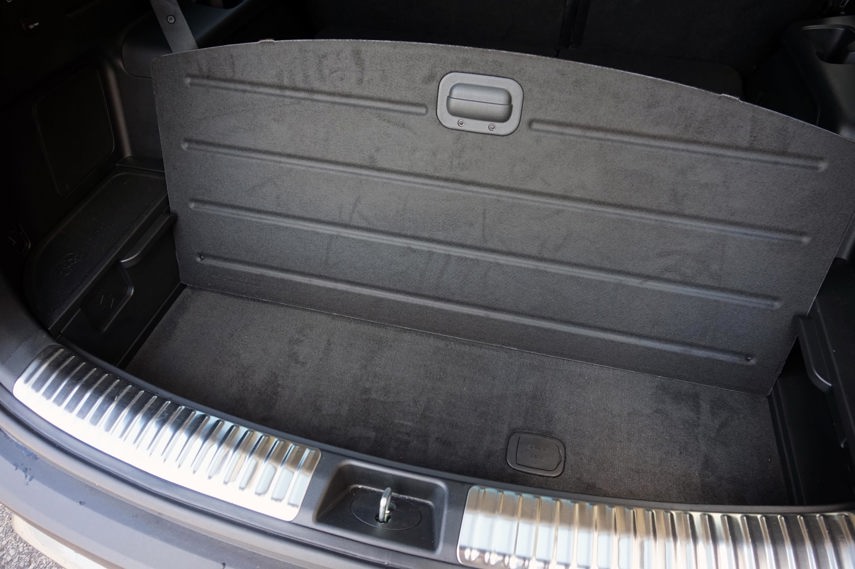
Cargo room is something we can all appreciate, but what’s underrated is the stuff you can’t see. Because while the 600 L behind the third-row seats in the Kia Telluride is undoubtedly useful, the extra compartment under the cargo floor provides a useful place to stash essential items like booster cables, not to mention a spot to keep valuables away from prying eyes.
Of course, the Telluride is not the only vehicle to offer this bonus space, with the likes of the Canadian-made Chrysler Pacifica featuring deep wells in the floor for its stowable second-row seats that double as extra storage while they’re upright. Others, like pickup trucks, offer storage under their back seats, which isn’t quite the same but is close enough to earn an honourable mention. Ram, meanwhile, also offers small underfloor storage bins inside the rear doors of certain trucks for even more secure storage.
2. Cargo-Area Seat Controls
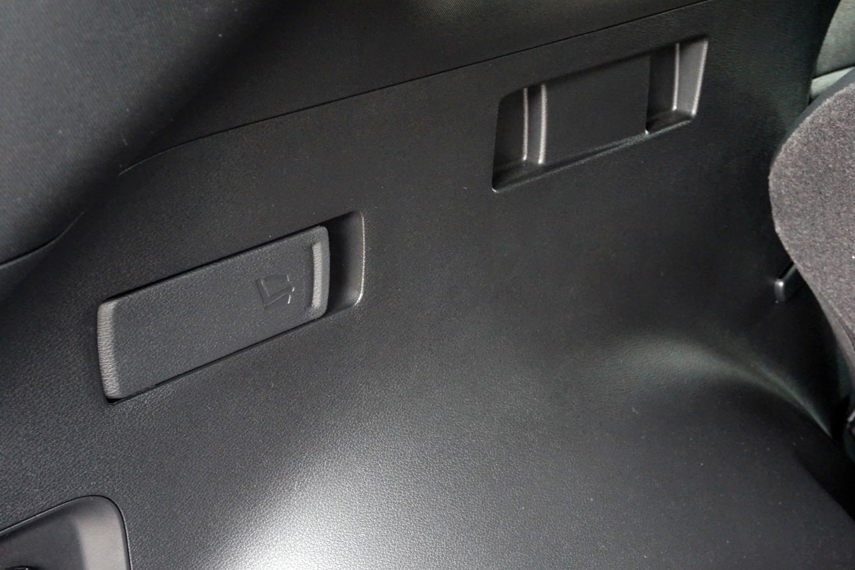 When the space behind the back seats – or under the floor – just isn’t enough, folding them in something like a van or SUV is a simple way to open up even more room. However, doing so is made much easier by the surprisingly rare inclusion of controls in the cargo area itself. Whether simple release levers like the ones in the Kia Sportage or Subaru Outback, or electronic buttons that can both lower and raise then that are usually reserved for upmarket entries, it sure beats walking around to either door to do the job.
When the space behind the back seats – or under the floor – just isn’t enough, folding them in something like a van or SUV is a simple way to open up even more room. However, doing so is made much easier by the surprisingly rare inclusion of controls in the cargo area itself. Whether simple release levers like the ones in the Kia Sportage or Subaru Outback, or electronic buttons that can both lower and raise then that are usually reserved for upmarket entries, it sure beats walking around to either door to do the job.
3. 40/20/40 Split-Folding Seats
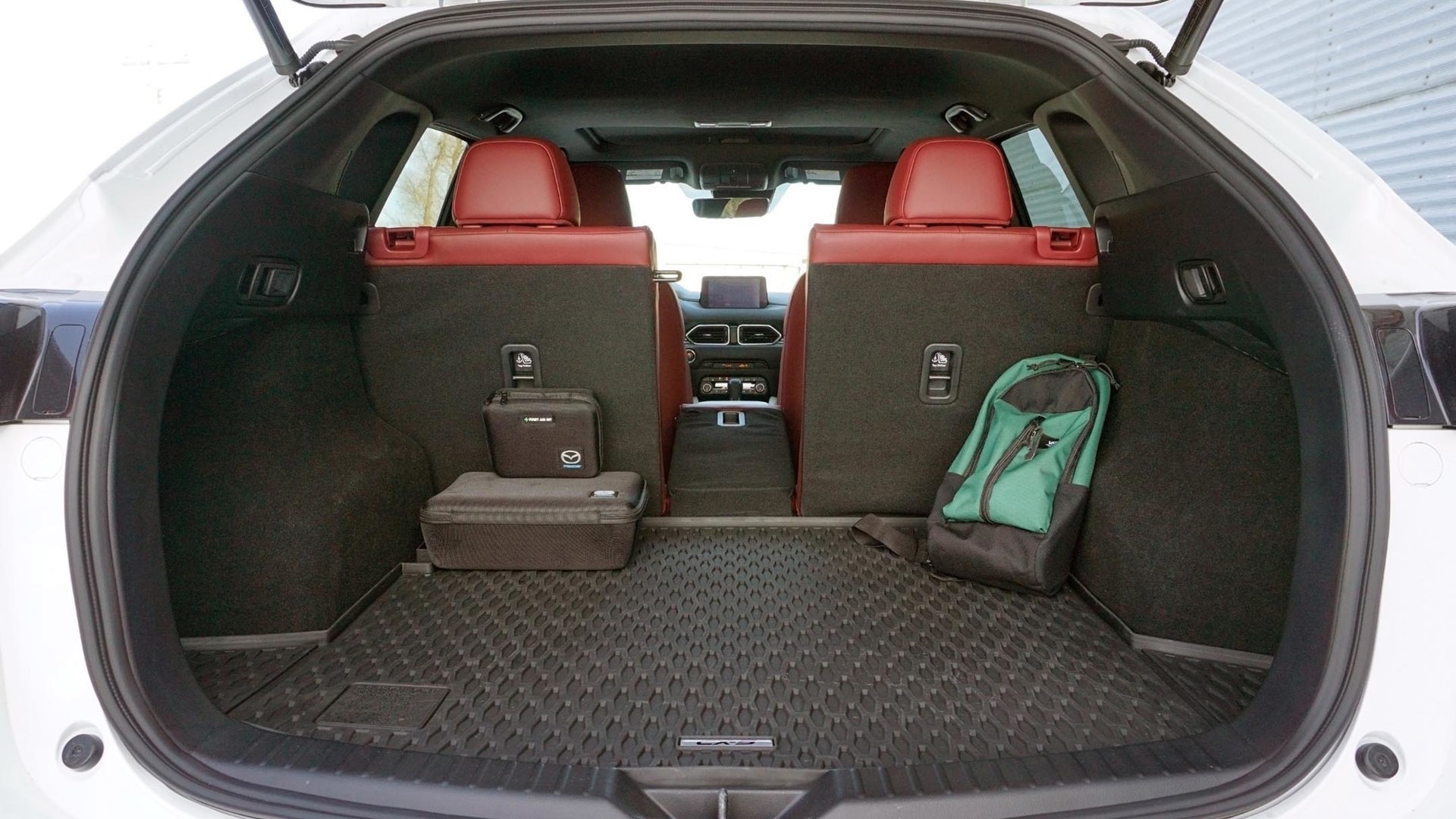
On the subject of folding rear seats, while the 60/40 split that’s most common is fine, our preferred format is the very European 40/20/40. Simply put, it retains two full seats while allowing long items like skis to be stashed between them. (That’s also why the under-utilized centre pass-through also gets an honourable mention here, allowing some of the same space to be utilized without folding down the entire section of seat.)
4. Utility Hooks
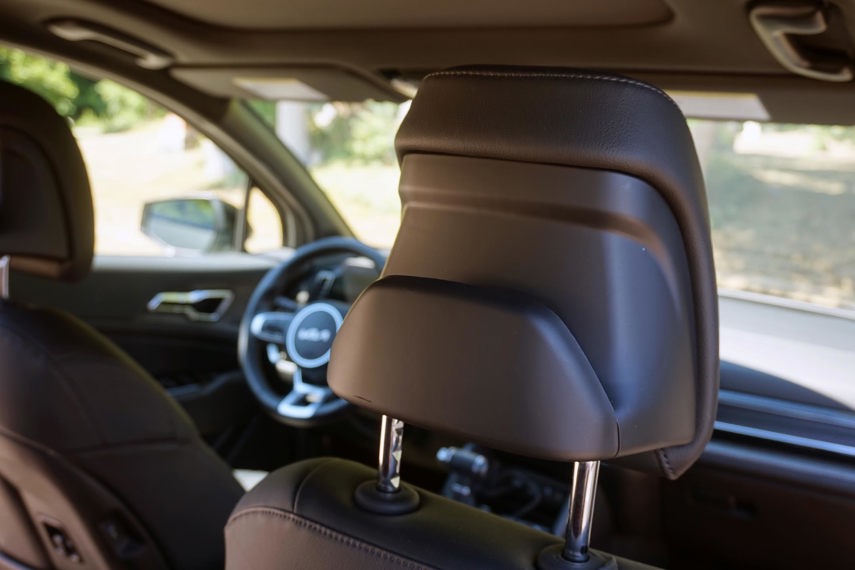
Our tour of the cargo area continues, this time with a stop at the confoundingly scarce utility hooks. No one likes to have half their groceries rolling around on the drive home, which is why little hangers – often integrated into the rear window sill areas – are so handy. Kia has even taken to including hooks on the front seatbacks in the redesigned 2023 Sportage, while brands like Jeep and Ford use military-inspired webbing on the backs of the front seats in certain models that provides places to clip various accessories.
5. Retractable/Removable Cupholders
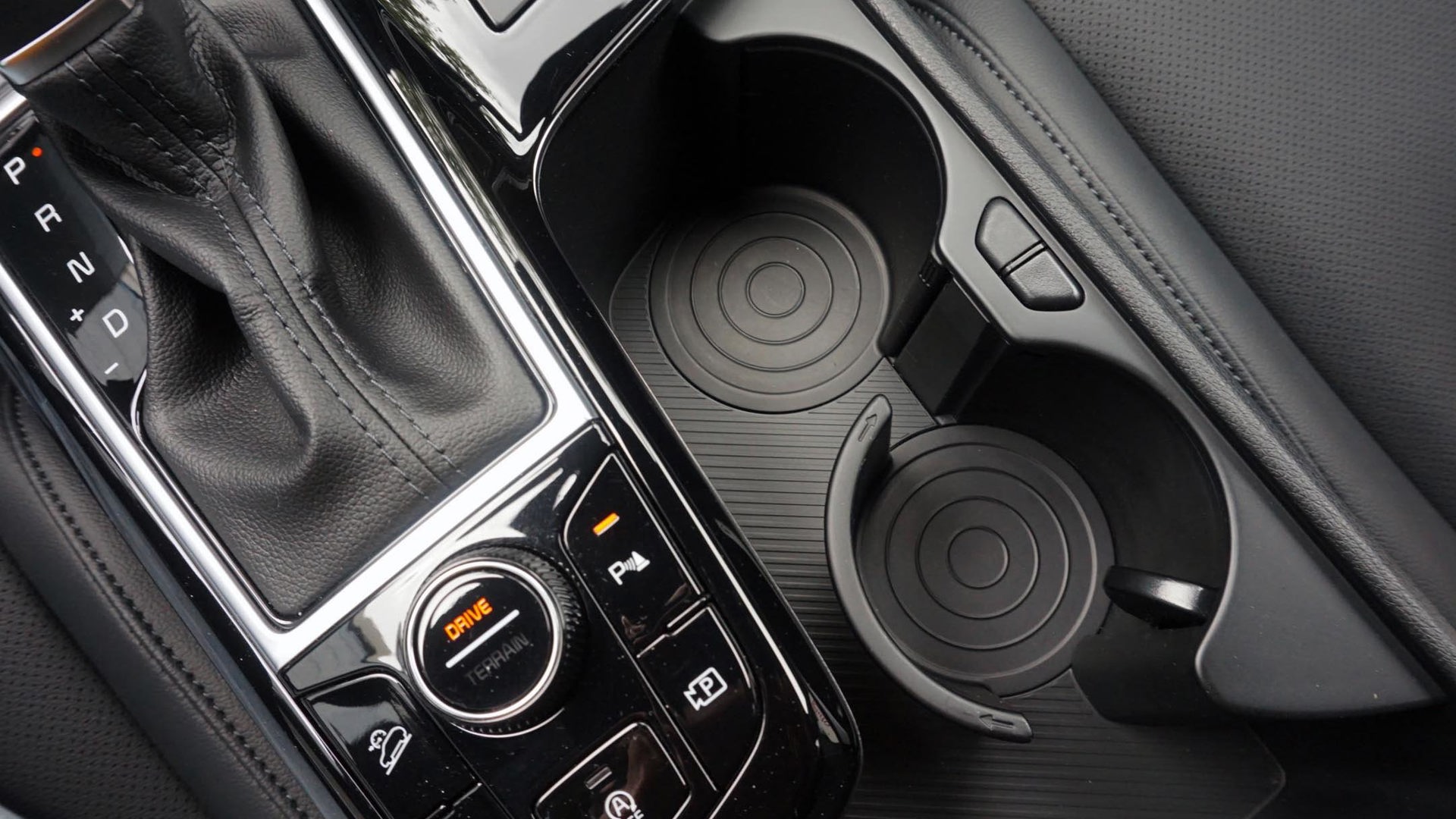
Console space is often at a premium, especially in smaller vehicles like compact cars and crossovers, which is why some kind of cupholder configurability is a criminally underused convenience. Some include simple removable dividers while others, like the ones in the Kia Sportage, are deployable. Keep them stowed, and the space works as a tray that can hold wallets, keys, phones, and whatever else might be along for the ride; press one (or both) of the buttons, though, and a perfectly round cupholder spins out from its hiding place to keep that morning coffee secure.
6. Capless Fuel Filler
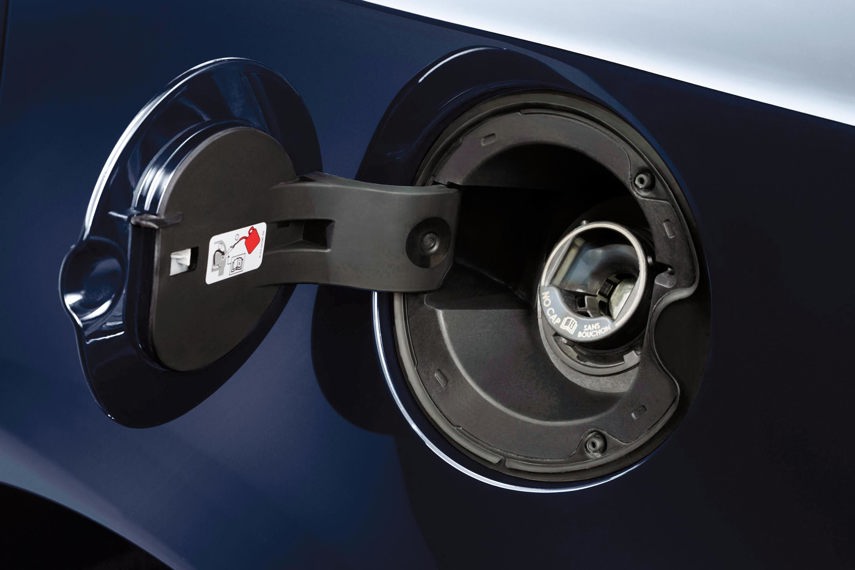
AutoTrader Editor-in-Chief Jodi Lai is particularly fond of the capless fuel filler, and it’s easy to understand why. This increasingly common setup takes what can be the frustrating and finicky fuel cap out of the equation completely, so no figuring out how to balance it at the pumps or watching in horror as it bangs against the painted body panel below.
7. Tire-Fill Alert
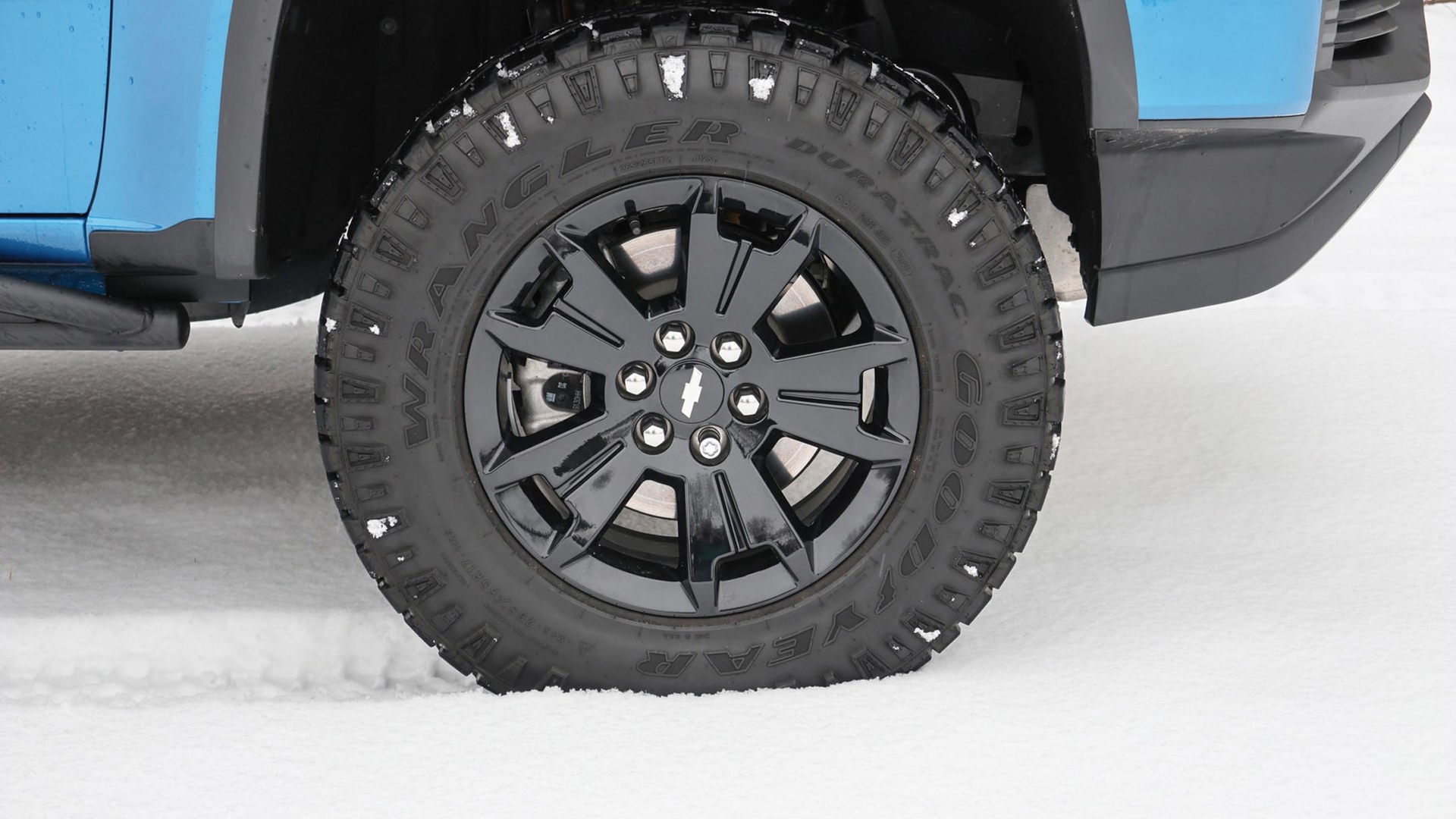
The one proper piece of technology on this list – that is, a feature that relies on sensors and microchips to work – is a worthy one, not to mention rare. Sort of a byproduct of tire pressure monitoring, tire-fill alert systems work by providing visual or audible cues (or both) when a tire being filled with air has reached its prescribed pressure.
Ram Trucks and Nissan, for instance, use a system that flashes the exterior lights while the tires are being filled and chirps the horn when the recommended tire pressure is reached, with multiple chirps should they be overinflated. It sure beats doing it the old-fashioned way and saves you from having to carry around your own tire pressure gauge.
